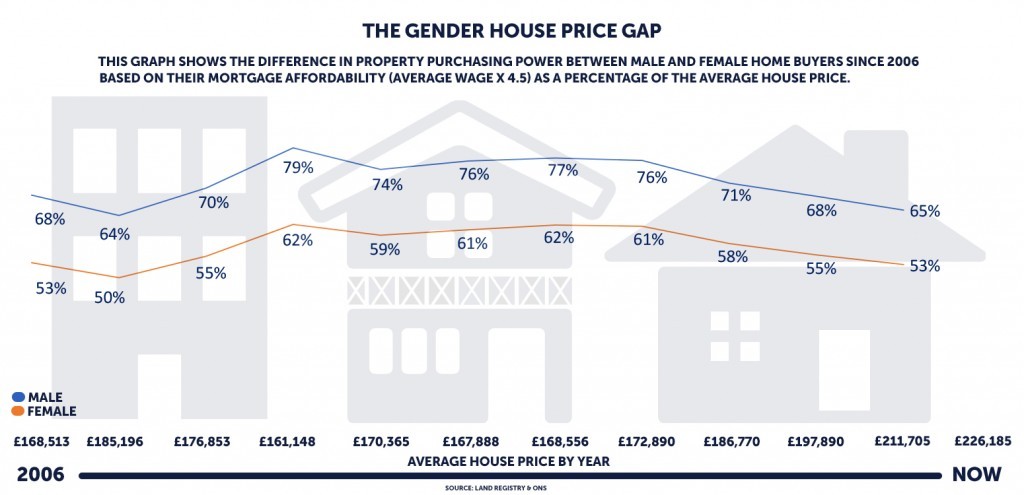Together Explains its Changes for Buy-to-Let Portfolio Landlords

Together Explains its Changes for Buy-to-Let Portfolio Landlords
Together has confirmed its continued support for buy-to-let portfolio landlords ahead of the Prudential Regulation Authority’s (PRA) underwriting changes, which will be implemented from 30th September 2017.
The specialist lender has explained the changes that it plans to introduce for buy-to-let portfolio landlords – those with four or more mortgaged buy-to-let properties – who are subject to the new PRA regulations.
From 29th September, the loan-to-value (LTV) across a customer’s portfolio must not exceed 75%, including mortgage-free properties.
Together will apply an overall portfolio interest coverage ratio (ICR) for customers who have had arrears on any mortgage or secured loan in the past 12 months, and will require proof of income, although, if there are no secured arrears, then this will not be applied.
The lender has updated its property schedule document to capture whether properties are tenanted and the repayment type of existing mortgages. There will also be two additional questions on Together’s broker portal, My Broker Venue, to find out how many mortgaged buy-to-let properties the customer currently owns and the length of time the customer has been a landlord.
Richard Tugwell, the Intermediary Relationship Director at Together, says: “As the buy-to-let sector prepares for further changes, it’s likely that we’ll see a move towards specialist lenders like ourselves that can offer the flexibility and personal approach that will be needed in many portfolio landlord cases. At Together, we have updated our processes to help make it as easy as possible for brokers to adapt to the changes, and applied our usual common sense approach.
“Earlier this year, we enhanced our buy-to-let product range, and we’ll be continuing to review both our products and processes as the changes come into effect. We have a specialist buy-to-let team responsible for underwriting these applications, and our roving underwriters and business development managers will provide any additional support that brokers may require.”
All new applications by buy-to-let portfolio landlords to Together will be processed in line with this new criteria from 29th September 2017.
Make sure you’re ready for the PRA’s changes.






